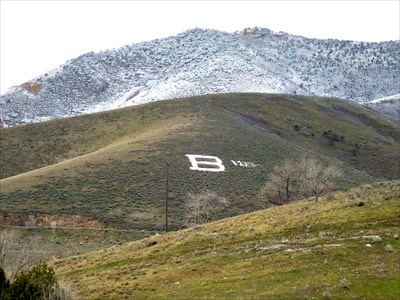Superbowl Party Stereotypes
February 1, 2015 was the end of the countdown, the final game of the season. Regardless of the teams playing, the result, or the ridiculous amount of money spent on commercial airtime, every year the first Sunday in February happens much the same way. For us the fans, we buy up half the grocery store, don our team’s paraphernalia, and forcefully remove anyone or anything obstructing our enjoyment of that great game—the Bowl game. After so many years of the same routine, it’s impossible to not see a pattern in the viewers. 2015 was no exception.
It all begins with the Die-Hards; the people whose entire existence revolves around football. They are easily spotted in their player’s jersey and waving flags. A natural disaster could not draw their attention away from the screen for even a moment. In addition to being planted in front the television, the Die-Hards are also religious wailers and unapologetic couch-jumpers. Their shouts range from war yells of triumph to affronted screams of indignation. The Die-Hards are far and away the most noticeable of the Bowl Party’s attendees.
Just behind the Die-Hards—often literally—sit the Bandwagonners. These fair weather fans are generally hated by any self-respecting sports fan, and yet still get invited to Bowl Parties. Bandwagonners are occasional viewers who have a fundamental understanding of football and cheer when either team scores a touchdown.
Most Super Bowl Parties include a Society Section. A group of mothers, sisters, younger siblings, maiden aunts, and gawky uncles who are deficient of any interest in the game. The Society Section generally gathers around the food, often in the kitchen, and spends the duration of the game loitering, chatting, snacking,and gossiping. They receive a report at the end of the game from either a Die-Hard or a Bandwagonner about who won and any worthy events likely to be talked about in the news.
And last, but certainly not least, are the Commercial-ites. These are the people who make no prior claims to enjoy football, but watch for pure commercially comedic enjoyment. Despite the fact that Superbowl 49 was immensely overpopulated with deep, sentimental car commercials, the Commercial-ites were still cheering for every Dorito and Budweiser commercial that aired.




